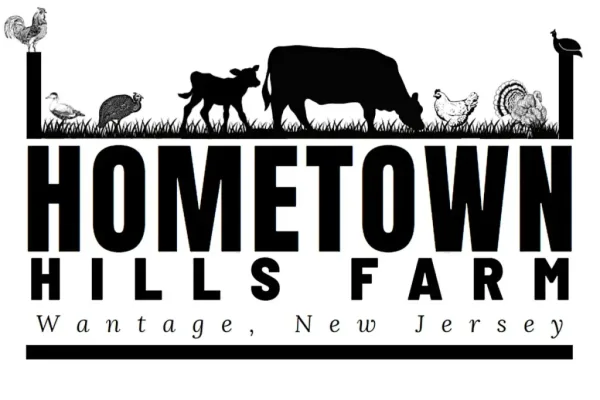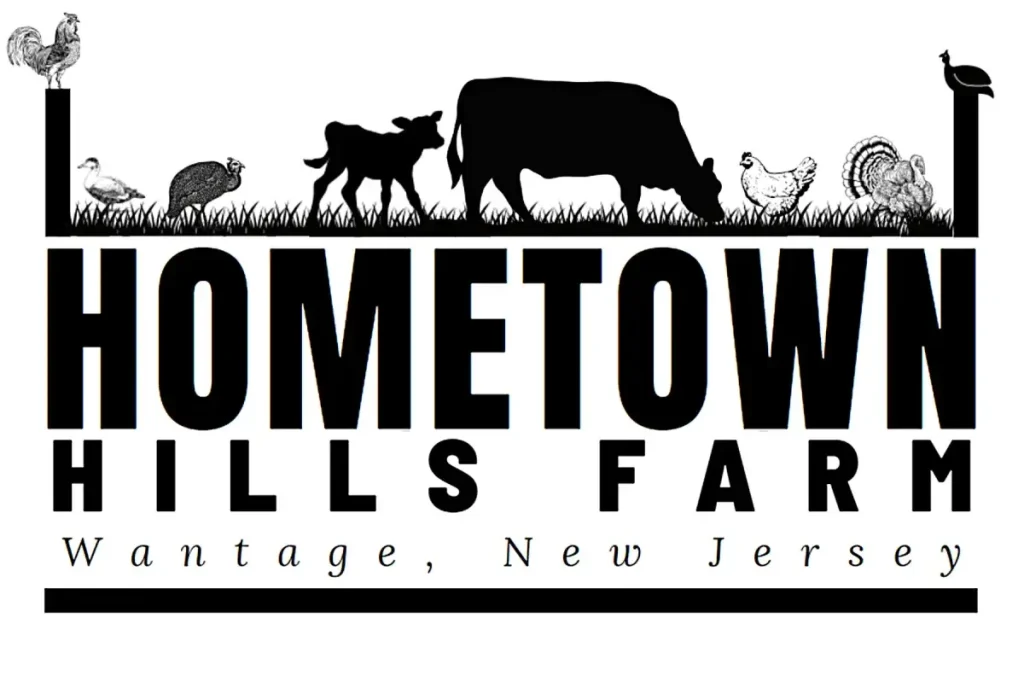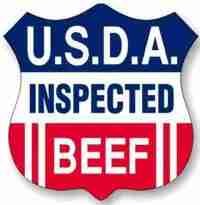Cows Have Best Friends
Cows are known for their remarkable social structures, exhibiting strong bonds with their fellow herd members. Research has revealed that these animals exhibit distinct preferences for specific companions, often forming deep friendships within their social groups. This behavior significantly influences their emotional and physical well-being, showcasing the importance of companionship in the lives of cows.
A study conducted by scientists observed that when cows are separated from their preferred companions, they experience notable stress-related behaviors, such as increased vocalizations and signs of anxiety. This reaction highlights the emotional complexity of these animals, as they are not just passive herd dwellers but actively engage in relationships that provide comfort and security. This social interaction is essential for their mental health, indicating that cows, much like humans, thrive when they have close friends to rely on.
The social nature of cows extends beyond mere companionship; it has implications for their health and productivity. Cows in stable social groups tend to show fewer signs of distress, which can lead to improved overall health, higher milk production, and better growth rates. Studies have demonstrated that cows housed with familiar companions exhibit lower heart rates and reduced stress levels, underscoring the critical role of social bonds in their daily lives.
Furthermore, understanding that cows have best friends encourages farmers and livestock handlers to consider the social dynamics within their herds. Providing opportunities for cows to interact with their chosen companions is not only beneficial for their emotional health but may also enhance their productivity. In conclusion, recognizing the social preferences of cows is vital in fostering environments that prioritize their well-being, thus ensuring they lead fulfilling lives as part of the animal kingdom.
Cows Are Excellent Swimmers
While many people may not associate cows with swimming, it is indeed a fascinating aspect of their behavior. Cows possess a natural instinct for swimming, allowing them to navigate water bodies with ease when the need arises. This ability is not just limited to the occasional dip; rather, cows are known to swim in rivers, ponds, and lakes during warmer months or when escaping predators. Their buoyant bodies and strong limbs enable them to paddle effectively, surprising those who witness this unexpected activity.
Research indicates that cows can swim for several miles if necessary, showcasing their adaptability in various environments. In some regions, especially where water bodies are part of their pasturelands, cows can often be seen wading into the water to cool off or graze on aquatic vegetation. This behavior emphasizes their instinctual understanding of how to utilize available resources for their well-being. Anecdotal evidence highlights numerous instances of farmers finding their cattle swimming across rivers or lakes, indicating not only their capability but also their willingness to engage in this activity.
Cows Love a Challenge
Cows are often perceived merely as passive farm animals, but recent observations reveal a more playful and intelligent side to these creatures. They possess an impressive ability for problem-solving, demonstrating that their cognitive skills extend beyond basic survival instincts. Research has shown that cows enjoy engaging in activities that stimulate their minds, displaying curiosity and a desire to explore their environment. This genuine interest in their surroundings fosters a sense of playfulness rarely associated with livestock.
One fascinating aspect of cow behavior is their tendency to embrace challenges. They can navigate obstacles within their environment, such as fences or varying terrains, showing remarkable adaptability. These interactions not only enhance their physical agility but also serve to sharpen their mental acuity. Cows often participate in games or social activities, indicating a need for mental stimulation. Whether it’s exploring a new area within their pasture or interacting with fellow herd members, cows exhibit a form of intelligence that is both intricate and noteworthy.
Furthermore, cows have been known to engage in problem-solving activities where they must work to find food or access new grazing areas. Such behaviors suggest that they thrive in environments that offer them opportunities to engage their minds and bodies. The presence of challenges in their habitat encourages cows to exercise both their cognitive and physical abilities, reinforcing their playful nature. As these delightful creatures engage with challenges in their lives, they exemplify their capacity for exploration and interaction. Thus, it becomes evident that cows are not only valuable to the agricultural landscape but also possess characteristics that task them as intelligent beings in the animal kingdom.
Cows Can Produce 40 Gallons of Saliva a Day
Cows are remarkable animals, not only for their size and gentle demeanor but also for their physiological adaptations that facilitate their survival and overall health. One such fascinating characteristic is their ability to produce an astounding 40 gallons of saliva daily. This significant saliva production plays a crucial role in their digestion process, allowing cows to efficiently break down fibrous materials found in their primary diet—grass and other vegetation.
The digestive system of cows is uniquely designed to process large amounts of rough forage. Their multi-chambered stomachs, which include the rumen, reticulum, omasum, and abomasum, require ample moisture to aid in breaking down tough plant materials. Saliva acts as a lubricant during mastication, enabling cows to chew their food properly. Furthermore, it contains bicarbonate, which helps regulate the pH level in the rumen. This is vital for the fermentation process that occurs here, allowing beneficial bacteria to thrive and assist in breaking down complex carbohydrates.
Cows’ saliva also plays a significant role in facilitating oral health. The constant flow of saliva keeps their mouths moist, providing comfort and helping to prevent issues related to dry mouth. It acts as a natural cleanser, washing away food particles and maintaining hygiene. Additionally, the high volume of saliva is indicative of a cow’s grazing behavior; cows spend a considerable part of their day roaming and feeding on pasture, chewing cud, and processing their food efficiently. This prolonged grazing time results in the continuous secretion of saliva, underscoring the connection between their diet and physiological necessities.
Overall, the ability of cows to produce such a large quantity of saliva is a fascinating adaptation that enhances their digestive efficiency and supports their overall well-being.
Cows Have 360-Degree Panoramic Vision
Cows possess a remarkable anatomical feature that significantly contributes to their survival: they have panoramic vision that allows them to see almost completely around them. The positioning of a cow’s eyes on the sides of its head provides an extensive field of view, enhancing their ability to detect potential threats from various directions. This unique eyesight allows cows to have a vision range of approximately 330 degrees, with around 60 degrees of overlap that creates a binocular vision area directly in front of them.
The construction of a cow’s eyes is particularly interesting. Their eyes contain a higher number of rod cells compared to cone cells, making them more adept at seeing in low-light conditions. This adaptation is beneficial for cows, as they are prey animals often vulnerable to predators. By being able to efficiently survey their environment, cows can detect movements or changes even from a distance, allowing them ample time to react. This visual prowess is crucial for not just spotting predators but also for navigating their surroundings.
The Importance of Friendship Among Cows
Cows are inherently social animals, and the importance of friendship among them transcends mere companionship; it has profound implications for their emotional and psychological well-being. Research has demonstrated that cows with strong social bonds experience a multitude of benefits, which encompass behavioral patterns such as feeding, resting, and overall stress management.
When cows form friendships, they tend to display a more relaxed demeanor, which positively influences their feeding habits. Cows that eat together are often observed to be less anxious, facilitating a more harmonious environment during feeding times. This communal approach to eating not only helps regulate their nutritional intake but also contributes to healthier digestion. In contrast, cows that are isolated from their peers may exhibit signs of distress and reduced appetite, highlighting the essential role of social interactions in fostering a conducive eating atmosphere.
Friendship among cows also extends to their resting behaviors. Cows are known to prefer lying down in the company of trusted companions, which increases their comfort and sense of security. This preference underscores the significant psychological impact that friendships have on their overall health. Resting together allows cows to lower their stress levels, fostering a calmer environment that is essential for their mental well-being.
Furthermore, the emotional bonds between cows have broader implications for herd dynamics. Cows with established friendships tend to display increased resilience during stressful situations, such as transport or veterinary procedures. The presence of a trusted companion can mitigate feelings of anxiety and fear, allowing for a more manageable experience. This unique aspect of cow behavior highlights the intricate social structures they form, which are vital for their emotional health and well-being.
Swimming as a Natural Behavior for Cows
Cows are often perceived as land-dwelling animals, largely disconnected from aquatic environments. However, swimming is a natural behavior for these creatures, stemming from their impressive physical composition. Cows possess a buoyant body and well-defined musculature, which enable them to swim efficiently in water. This instinctive behavior usually arises in response to environmental stimuli such as pursuing food or escaping threats. In various scenarios, particularly during hot weather, cows may opt to enter shallow bodies of water to cool down, showcasing their adaptability.
In addition to temperature regulation, swimming can serve as a social behavior among cows. It has been observed that herds will often group together in water, signifying that swimming not only satisfies their physiological needs but also connects them socially. This communal frolicking in water highlights the importance of social interactions within cattle herds, contributing to a stronger social structure, which is vital for their overall well-being.
Numerous case studies in agricultural settings indicate that exposure to swimming can positively affect a cow’s mental health. For instance, cows that are allowed to swim exhibit lower stress levels when compared to their confined counterparts. Swimming provides an outlet for physical exercise, which promotes the release of endorphins, contributing to a happier and healthier life. Furthermore, cows can benefit from swimming by improving muscle strength, enhancing cardiovascular health, and increasing overall mobility.
Consequently, recognizing swimming as a natural behavior underscores the need for farmers and caregivers to create environments that encourage such activities. Whether through access to lakes, ponds, or other designated water bodies, allowing cows to swim can yield multi-faceted benefits, promoting not only their physical health but also enhancing their emotional stability within the herd. Understanding and facilitating this behavior reflects a more compassionate approach to cattle care and husbandry practices.
Cows and Mental Challenges: A Playful Perspective
Cows are often regarded solely for their physical contributions to agriculture, such as milk and meat production. However, these animals possess significant cognitive abilities that can greatly benefit from mental challenges and enrichment activities. Engaging cows in playful exercises not only promotes their mental well-being but also enhances their overall quality of life. Understanding cows’ need for mental stimulation is crucial for humane farming practices.
Farmers and animal welfare advocates are increasingly adopting strategies that incorporate enrichment practices into their daily routines. One common method involves providing various types of toys, such as balls or hanging objects that cows can interact with. These activities help simulate a more stimulating environment, allowing cows to engage in natural behaviors like exploration and problem-solving. For example, providing puzzle feeders can encourage cows to work for their food, promoting both mental and physical activity.
The positive outcomes associated with these enrichment practices are notable. Cows that are regularly engaged in mentally stimulating activities have been shown to exhibit decreased levels of stress and anxiety, leading to improved overall health. Furthermore, when cows are provided opportunities for social engagement through group activities, they demonstrate enhanced social bonding and reduced signs of aggression. This highlights the importance of incorporating playful elements into dairy and beef farming methodologies.
Cows’ ability to learn and remember tasks, coupled with their socio-emotional intelligence, underscores the necessity of continually enriching their environments. Mental challenges not only improve cows’ emotional health but also lead to better productivity. Therefore, integrating playful opportunities into their daily lives is not merely beneficial but essential for creating a humane and productive farming landscape. By understanding and addressing the cognitive needs of cows, we can ensure that these remarkable animals are recognized for more than just their physical contributions.
Understanding Cow Physiology Through Saliva Production
Cows, often regarded as the unsung heroes of the animal kingdom, possess unique physiological traits that play pivotal roles in their health and well-being. One such trait is their saliva production, which is essential not only for digestion but also for maintaining overall health. Saliva is crucial in aiding the rumination process, whereby cows break down fibrous plant material in their diet. This process highlights the significance of saliva production as it reflects dietary health and nutritional balance.
The average cow produces between 100 to 150 liters of saliva daily, showcasing the substantial role it plays in digestion. Saliva contains essential enzymes and antimicrobial properties that assist in breaking down complex carbohydrates, contributing significantly to nutrient absorption. Moreover, the bicarbonate content in cow saliva helps to buffer the acidity in the rumen, maintaining an optimal pH level crucial for microbial health. Consequently, understanding the intricacies of saliva production can provide insights into a cow’s dietary needs.
In addition to aiding digestion, saliva plays a critical role in hydration. Cows that are well-hydrated typically have better saliva production levels. Monitoring saliva volume can, therefore, indicate a cow’s hydration status and overall health. Dehydration may lead to decreased saliva production, which in turn can impact digestion and nutrient absorption, leading to potential health issues.
Furthermore, studying cow saliva can help farmers and veterinarians monitor health conditions such as acidosis or other metabolic disorders. Regular assessments of saliva composition and volume can provide vital information regarding dietary adjustments and hydration strategies. By prioritizing saliva production as a key indicator of cow health, stakeholders in the agricultural sector can enhance the welfare of these animals and optimize their care.
Share This Story, Choose Your Platform!
Grass-Fed Beef & Pastured Pork
Order Online
Discover the difference of premium, locally sourced meat with our grass-fed beef shares. Sourced directly from our sustainable Wantage, New Jersey farm in Sussex County, our cattle are humanely raised on lush pastures. Each cut is carefully selected and expertly processed to deliver unmatched freshness and flavor. Taste the exceptional quality of our grass-fed beef, raised right here in our community.


